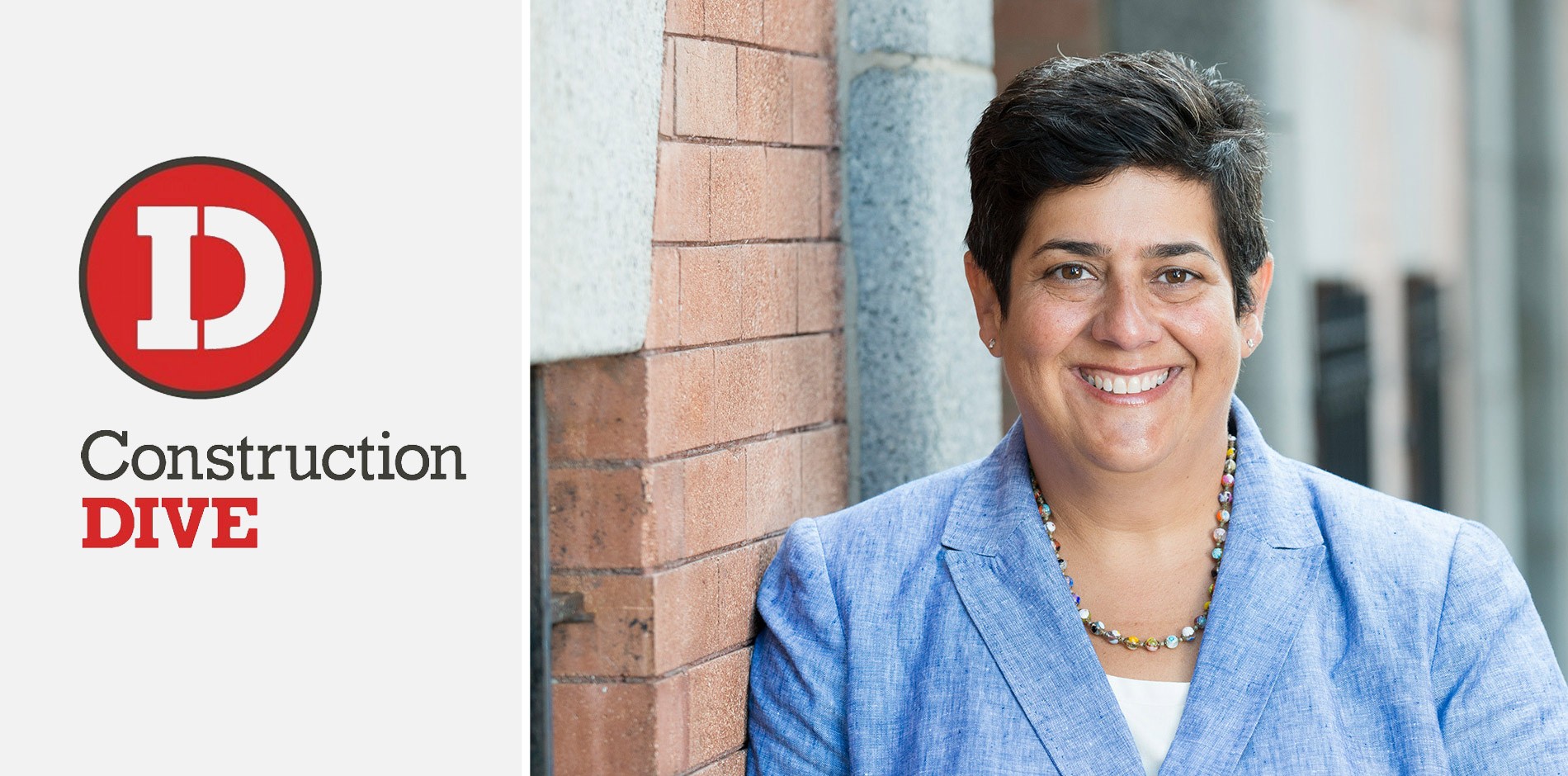Excerpt from Construction Dive
There's no denying that the available skilled labor pool is shrinking. The Associated General Contractors found in its annual survey that even more employers anticipate difficulty in finding qualified help this year than they did in 2016.
It’s not just field workers and supervisors who are in short supply. Project managers are hard to come by, and positions that require technical expertise, like mechanical and electrical estimators, are incredibly difficult to fill, according to Kirsti A. Hunt, vice president of human resources at LPCiminelli in Buffalo, NY. "There aren’t a lot out there," she said. "If they’re working, they’re usually at a [job] where they’re comfortable."
The AGC and other industry groups have long espoused the benefits of career training, an approach to easing the labor shortage detailed in the AGC's Workforce Development Plan. Increased funding and a focus on school-age youth is necessary, the AGC argues, to boost that dwindling pipeline of workers necessary to meet future demand.
However, while training is critical, becoming job site or drafting-desk ready takes time — a luxury some companies don’t have. So how can contractors attract new, quality employees and retain their existing staff right now? To entice new workers as well as retain existing employees, construction firms are exploring new programs and employee incentives to help them thrive amid the talent shortage.
One strategy contractors are employing is to provide learning and training opportunities of their own. Both Hunt and Marianne Monte, chief people officer at Shawmut Design and Construction in Boston, point to leadership development programs as an example of how to attract future staff members and keep existing ones happy and fulfilled.
Training, shadowing and mentoring, Hunt said, is a vital part of LPCiminelli’s leadership excellence program, which the company started about a year and half ago.
Participants — those who have displayed future-leader characteristics — are nominated by an executive within the company and go through a short formal program in which they can sharpen their skills within a group. So far, 30 employees have gone through the program, and Hunt said that being chosen to participate is a goal that employees can work toward no matter the number of years they've been at LPCiminelli.
Shawmut has a similar initiative, but Monte said the company has made the relatively recent decision to "double down on manager and employee development."
The focus for managers, she said, is, simply put, to become better at their jobs and be able to productively engage with employees. "People don't leave companies," she said, "They leave managers." For employees, Monte said they "feel more thoroughly developed" and come away believing that they are more prepared for the next phases of their careers.
Shawmut employees are also eligible to participate in the company’s employee stock ownership plan after being there for one full year. An ESOP is a program that allocates stock to participants based on their share of payroll, and Monte said it gives employees a sense of ownership and deepens their commitment to the company. "It's like the difference between dating and getting married," she said. "You feel different."
At LPCiminelli, the company has revamped its LiveWell program, a company-sponsored series of seminars or events related to physical, intellectual, financial and social wellness. For example, Shawmut sponsors Weight Watchers meetings, has a walking group and hosts retirement and other personal finance enrichment talks.
This increased focus on a culture of inclusion and concern about an employee’s career path and wellbeing is part of another phenomenon in the workforce — the onslaught of millennial workers. Hunt and Monte agreed that this group has unique job demands that don’t have anything to do with health insurance or a cost-of-living raise, although those are still important benefits.
What’s certain, however, is that companies need to figure out how to draw in that demographic, as millennials are projected to make up 75% of the workforce by 2020. While the often rough-hewn world of construction has typically been a late adopter of new management styles, millennials might be changing that.
"The new generation wants a lot more feedback and engagement with the company," Hunt said. This trend, she noted, has had a major influence on the culture at LPCiminelli, evidenced by the formation of employee-led committees on topics that range from wellness to charitable contribution.
Millennials also want a broader sense of the business and don’t want to be pigeonholed into the same position for decades, which results in their career development path resembling a lattice more so than a ladder, Monte said. This group also desires a company that is not shy about investing in technology and remains open to new ideas.
One initiative that embodies the millennial-led demand for work-life balance is Shawmut’s flexible work program, Shawmut Flex. Compressed workweeks, telecommuting, job sharing, shift sharing and part-time hours — for both field and administrative workers — are all part of the initiative, and Monte said its first year has seen major success.
Shawmut has been recognized several times in the last year for its level of employee satisfaction, including being named one of the 100 best small and medium companies by Fortune. Monte said Shawmut Flex was cited by employees as one of their favorite things about the company. In fact, the program has increased Shawmut’s employee retention figures by three basis points.
Monte acknowledged that the idea of a field supervisor not being on the job all day, every day might chip away at the management style of more traditional construction companies, but she added that Shawmut has been an innovator in this way since its inception. "As long as your business model is profitable," she said, "why not give it some flexibility?"
